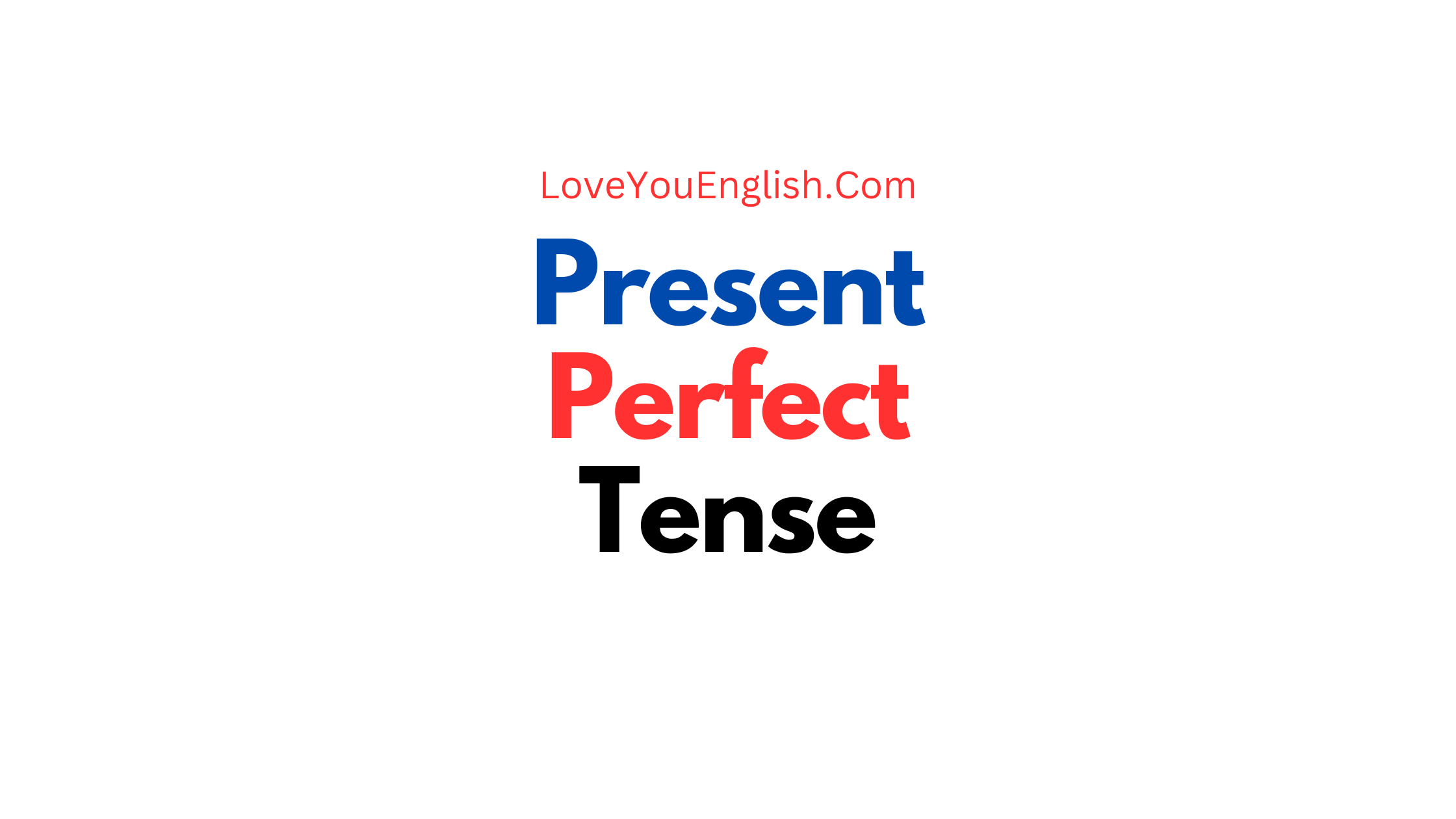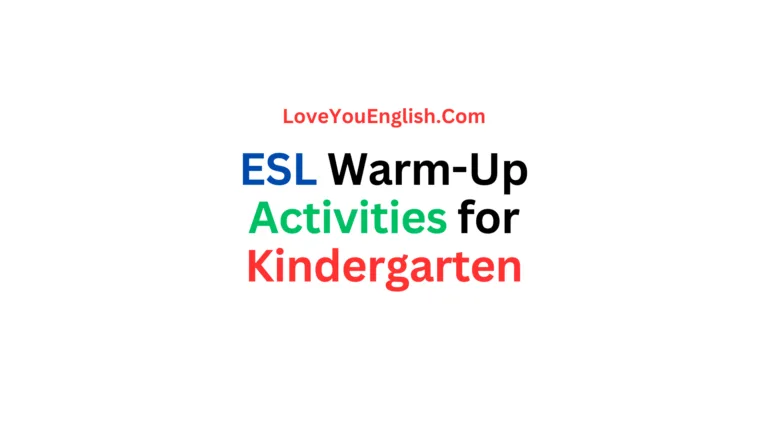How Do I Use the Present Perfect Tense Correctly?
The Present Perfect Tense is one of the most useful tenses in English.
It helps us talk about actions that are connected to the present but also involve the past. Learning this tense is easier than it seems.
In this post, I’ll break it down step by step so that you can master it with ease.
Let’s get started!
What Is the Present Perfect Tense?
The Present Perfect Tense is used to describe:
- Actions that happened at an unspecified time in the past but still affect the present.
Example: I have lost my keys. (I still don’t have them.) - Experiences or achievements.
Example: She has visited Paris. (This is part of her life experience.) - Actions that started in the past and are still continuing.
Example: They have lived here for five years. (They still live here now.) - Recently completed actions.
Example: I have just finished my homework. (The action was completed a short time ago.)
How to Form the Present Perfect Tense
The formula for the Present Perfect Tense is simple:
Subject + have/has + past participle
- Have is used with plural subjects (I, you, we, they).
Example: We have eaten dinner. - Has is used with singular subjects (he, she, it).
Example: She has read the book.
The past participle is the third form of a verb.
For regular verbs, add “-ed” to the base verb.
Examples:
- Walk → walked
- Talk → talked
For irregular verbs, the past participle is different. You’ll need to memorize these.
Examples:
- Go → gone
- Write → written
- See → seen
Key Uses of the Present Perfect Tense
1. Actions at an Unspecified Time in the Past
We use the Present Perfect when the exact time of the action is not important or not mentioned.
Examples:
- I have seen that movie.
- They have met the new teacher.
✍️ Tip: If you mention a specific time (e.g., yesterday, last year), use the Past Simple instead.
- Correct: I saw that movie yesterday.
- Incorrect: I have seen that movie yesterday.
2. Life Experiences
The Present Perfect is perfect for talking about experiences and things you’ve done in your life.
Examples:
- Have you ever traveled to Japan?
- I have never eaten sushi.
- She has won three awards.
✍️ Tip: Words like ever and never are commonly used in this context.
3. Actions That Continue into the Present
When an action started in the past but is still happening, use the Present Perfect.
Examples:
- He has worked here since 2010. (He still works here.)
- We have known each other for years.
✍️ Key Words to Remember:
- Since (refers to a specific point in time: since Monday, since 2010).
- For (refers to a duration: for two hours, for ten years).
4. Recently Completed Actions
We use the Present Perfect to describe actions that just happened. Words like just, already, and yet are commonly used.
Examples:
- I have just finished my lunch.
- She has already left the office.
- Have you completed the assignment yet?
Common Words Used with the Present Perfect
Some time expressions are often used with this tense:
- Just: Indicates a recent action.
Example: I have just called her. - Already: Shows that something happened earlier than expected.
Example: We have already seen that movie. - Yet: Used in negative sentences and questions.
Examples:- I haven’t finished my work yet.
- Have you eaten yet?
- Ever: Refers to life experiences.
Example: Have you ever been to London? - Never: Shows something has not happened.
Example: I have never tried Indian food. - Since: Refers to a starting point in time.
Example: He has been here since morning. - For: Refers to a period of time.
Example: They have lived here for ten years.
How to Use the Present Perfect in Questions
Forming questions in the Present Perfect is simple. Swap the subject and the auxiliary verb (have/has):
Have/Has + subject + past participle?
Examples:
- Have you finished your homework?
- Has she called you today?
- Have they traveled abroad before?
✍️ Tip: Use ever in questions about experiences.
Example: Have you ever seen snow?
Negative Sentences in the Present Perfect
To make a negative sentence, add not after have or has:
Subject + have/has + not + past participle
Examples:
- I have not met him before.
- She has not completed her work.
- They have not visited us this year.
✍️ Tip: The contraction haven’t/hasn’t is often used in spoken English.
- I haven’t seen her today.
- He hasn’t called me yet.
Present Perfect vs. Past Simple
Many learners confuse these two tenses.
Here’s how they are different:
| Present Perfect | Past Simple |
|---|---|
| Focuses on the connection to the present. | Focuses on the action itself. |
| Time is not mentioned or important. | Time is specific or mentioned. |
| Example: I have visited Spain. | Example: I visited Spain in 2019. |
Common Mistakes to Avoid
- Using Specific Time Words
❌ I have gone to the park yesterday.
✅ I went to the park yesterday. - Mixing Up Since and For
❌ I have lived here since five years.
✅ I have lived here for five years. - Forgetting the Past Participle
❌ I have eat breakfast.
✅ I have eaten breakfast.
Practice Exercises
Fill in the Blanks:
- I ________ (visit) that museum twice.
- She ________ (not finish) her project yet.
- ________ you ever ________ (see) a shooting star?
- We ________ (know) each other since childhood.
- He ________ (just arrive) at the station.
Answers:
- have visited
- has not finished
- Have, seen
- have known
- has just arrived
Tips to Master the Present Perfect Tense
- Practice Daily: Use the Present Perfect in your daily conversations.
Example: I have just finished breakfast. - Learn Irregular Verbs: Memorize the past participles of common irregular verbs.
- Use Time Expressions: Add words like since, for, and yet to make your sentences more accurate.
- Read and Listen: Read books or listen to conversations where the Present Perfect is used.
- Write Your Experiences: Practice writing about your experiences using this tense.
Conclusion
The Present Perfect Tense is an essential part of English.
It allows you to talk about your experiences, recent actions, and ongoing situations.
By understanding its structure, uses, and key words, you’ll be able to use it confidently.
Keep practicing, and soon, the Present Perfect will feel natural to you.
Remember, the more you use it, the better you’ll get.
Happy learning! 😊
More grammar topics:
- The Secret to PERFECT English Grammar
- Learn ALL Tenses in English: The Complete Course
- When to Use Who vs. That: A Comprehensive Guide
- Relative Pronouns: Where, In Which, and Wherein







